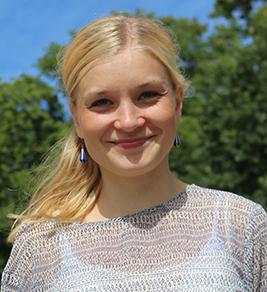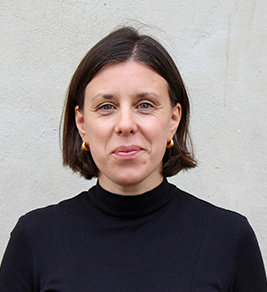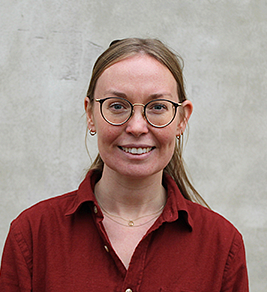In the Nordic region there are several locations that are attractive for seasonal tourism, such as the west coast of Denmark, parts of Iceland and Sweden in the summer, and ski-resorts in Norway, Finland and Sweden in the winter. They are attractive for residents in the bigger cities who rent or own cabins or houses in these regions, and who spend both shorter and longer periods there.
Today, estimations for the Nordic countries shows that around half of the population have access to a second home and these are increasingly used year-round. This means that the small cities and villages are subject to urban-rural flows of people, people with similar needs and desires as the permanent residents, although they only stay for limited periods. This illustrates a planning challenge or even dilemma for these municipalities and regions.
Tourism is an important source of income for cities and regions in the Nordics, but it demands high investments, and must trust mobile residents that are not necessary local tax payers. Still, for periods there are high demands for public transport, housing, care, commercial goods and services, culture etc. and for periods there can be very low demand.
Reviewing the contemporary Nordic research on planning for second homes and seasonal tourism in the Nordic countries it is clear that the role of seasonal flows of people and the second-home phenomena is still not fully understood. Further research on multi-residentiality and the flows of people travelling to rural areas for leisure and recreation is needed. Therefore, in this study the focus is on seasonal tourism and second homes as a spatial planning challenge in the Nordic countries.
The following research questions are investigated:
- What type of planning challenges can seasonal tourism cause?
- What strategies have Nordic municipalities implemented to handle these challenges?
- In what sense urban, in what sense rural? Where and when?
- How can the urban-rural flows of people be characterized?
To answer the research questions the team will use a mix-method approach consisting of a literature review, interviews and document analysis in municipalities with high urban-rural flows of seasonal tourists. Photos, statistics and spatial analyses will be used to visualize the results.
The study is funded by the Nordic Council of Ministers, the Thematic Group for Sustainable Cities and Urban Development.
If you didn’t have a chance to join our webinar on the impact of seasonal tourism on Nordic municipalities, you can find the presentation here or you can watch the webinar video below.
Related Staff
Related Publications
Related News
- Seasonal tourists and second homes boost local economies, but challenge local service planning
- Second-home population needs more attention in Nordic policy and spatial planning
- New campaign highlights Nordregio research in COVID-19 perspective
- Urban–rural flows from seasonal tourism and second homes: New report published





